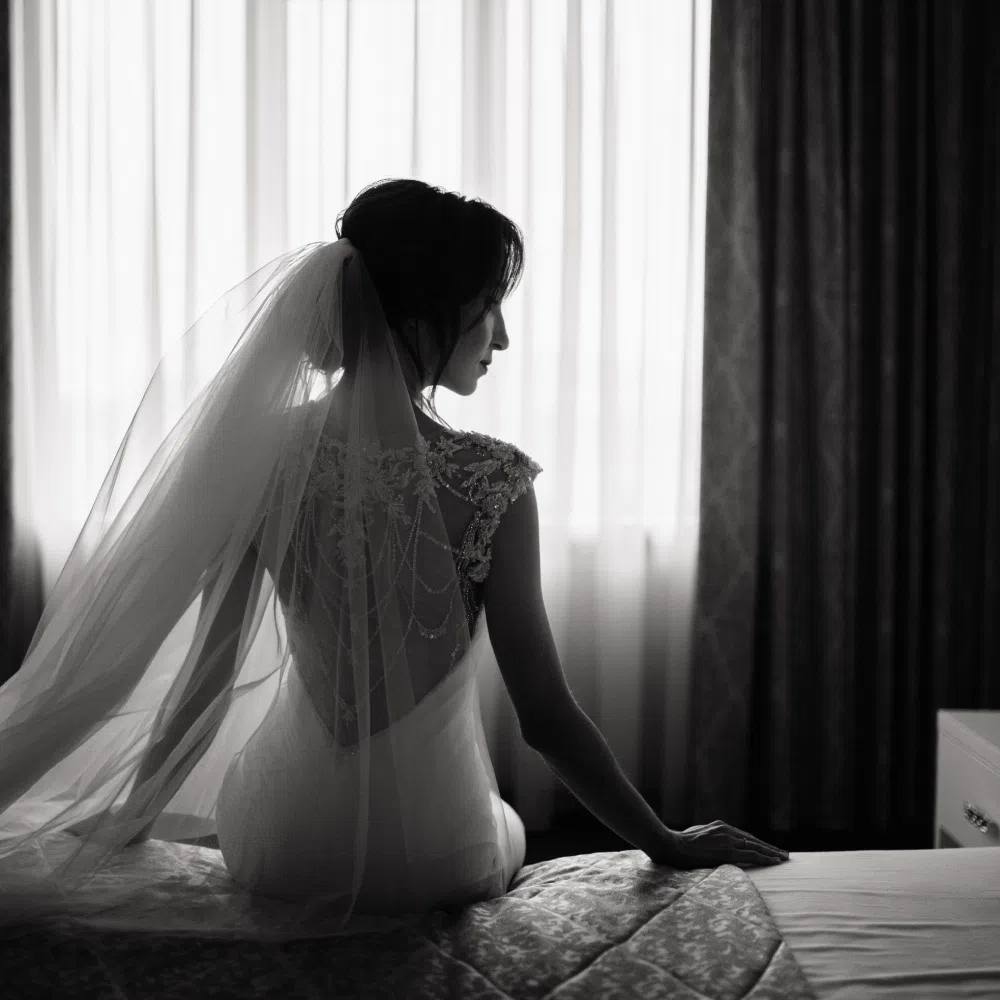Wedding veils carry an air of mystery and elegance that captivates brides and onlookers. For centuries, these delicate pieces have adorned brides, symbolizing purity and otherworldly grace. But where did this enchanting tradition originate, and how has it evolved through the ages? From ancient customs to modern trends, the wedding veil has a fascinating story to tell. Here, we’re diving into the unique and elegant history of wedding veilsto highlight their significance and symbolism.
The Ancient Origins of Wedding Veils
The tradition of wearing veils dates back thousands of years, with its roots found in the ancient civilizations of Rome and Greece. In these times, veils were not merely decorative; they served as a means of protection from evil spirits.
Brides would walk down the aisle cloaked in a mysterious shroud to ensure their safety and purity. This belief spread across various cultures, each adding its own touch to the wedding veil tradition.
Veils in Medieval Europe
During Medieval Europe, the veil took on a new role and became a powerful symbol of a bride’s social status and spiritual purity. It was believed that a long, flowing veil represented the bride’s willingness to submit to her husband and the church.
The more elaborate a bride’s veil was, the higher their standing in society. Wealthy families spared no expense and adorned veils with precious gems and intricate lace patterns. The veil was as much a statement of wealth as it was a spiritual symbol.
The Victorian Era’s Influence on Wedding Veils
The Victorian era marked a turning point for wedding veils, transforming them into a quintessential bridal accessory. Queen Victoria herself popularized the white wedding dress and veil, setting a trend that would endure for generations. Her choice to wear a white veil was a bold statement of purity and innocence.
It was during this period that veils became more standardized, often made from delicate tulle and lace. The Victorian influence continues to inspire brides as they consider how to match their veil to their wedding dress.
The 20th Century and Evolving Veil Styles
The 20th century saw an explosion of styles and interpretations for wedding veils and began reflecting the changing times and cultural shifts. Each decade delivered its own flair and pizazz, from 1920s flapper-styled headpieces to the minimalist looks in the 1990s.
Designer fashion began to play a significant role, with veils becoming shorter or longer according to prevailing trends. Despite these changes, the veil maintained its status as a cherished part of a bride’s ensemble.
Modern Trends and the Enduring Inspiration of Wedding Veils
Today, the wedding veil remains a beloved tradition, continually evolving to meet modern tastes and sensibilities. Brides are now more inclined to personalize their looks and choose veils that reflect their unique style and their wedding theme.
From floral appliqués to colored tints, the possibilities are endless. Yet, the allure of tradition remains, as brides across the globe still cherish the veil’s timeless elegance.
The wedding veil’s rich and elegant history showcases its enduring appeal and adaptability through the ages. From ancient protective charms to modern fashion statements, veils stand the test of time as symbols of beauty and grace. What will your veil say about you—protection or trendy?
A bride sitting on the edge of the bed facing the window. Her veil is draped over her shoulder and the bed.
334563809 By deineka





Comments